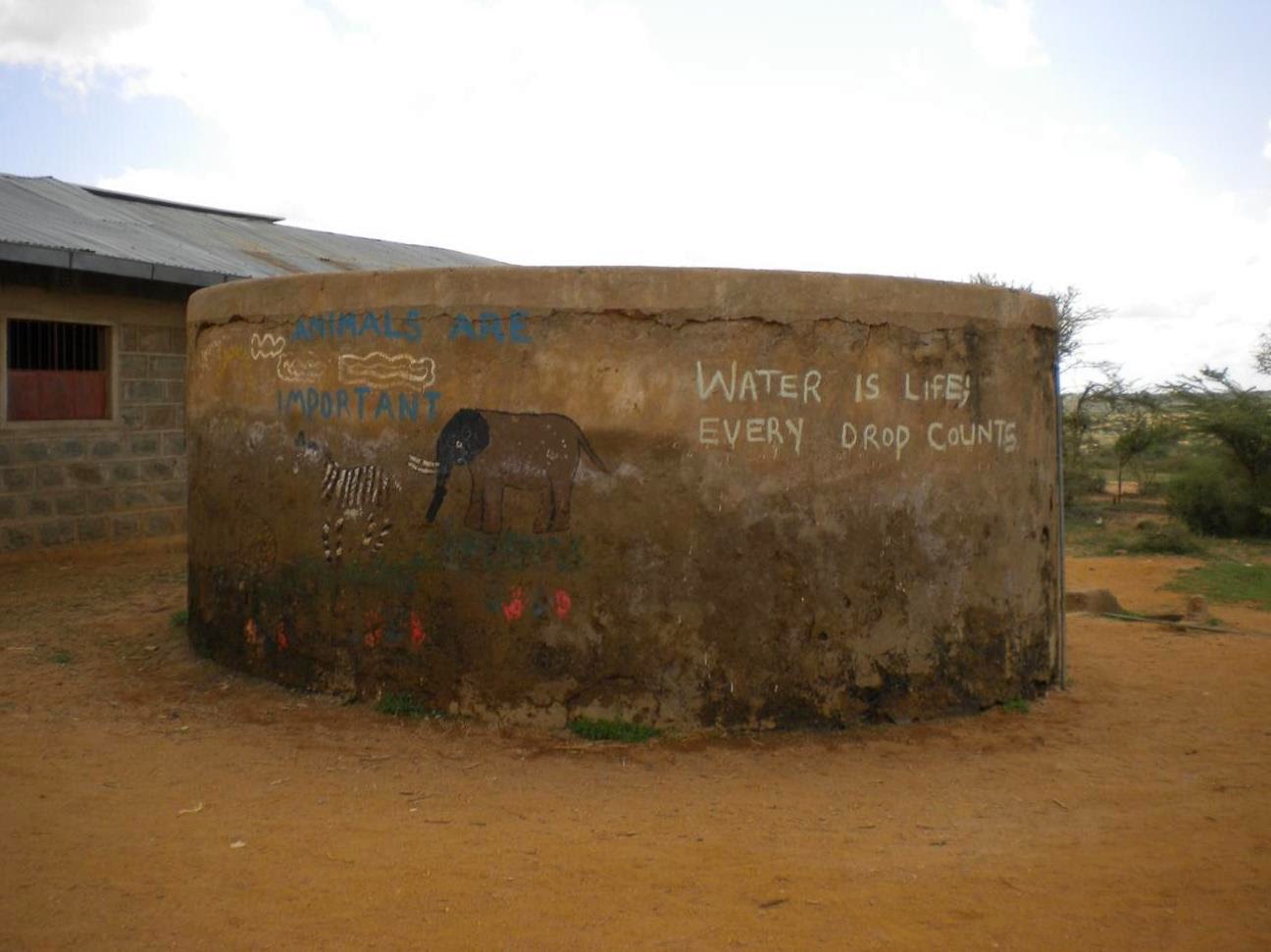After a long journey, Helen and Dayton made it to Mpala! They have already begun working with some of the Conservation Clubs of Northern Kenya and have seen some amazing wildlife. They will be posting from Kenya and will be joined shortly by Kate and Colleen. Below is an account of some of their initial thoughts, observations and experiences.
6/11/14-Today we (Helen and Dayton) visited five schools and met with each of the clubs to talk about what they were planning for community conservation day (a gathering of all the Conservation Clubs of Northern Kenya during which individual groups perform and present various projects).
One of the lessons we helped with focused on biodiversity and balance of the ecosystem. Opuntia cactus are invasive species that must be eliminated. One of the schools was experimenting with how to effectively wipe out the cacti. They found cutting the cacti and leaving the pieces to dry did not eradicate the species fully and that burning the cut cacti was more effective.
The Deraja School was working on a project about pollution and recycling resources. Students created a soap of grey water, using charcoal instead of cutting trees for wood.
One important aspect of environmental education is to promote stewardship of nature, and to emphasize the human role in not only participating in actions that prevent environmental degradation, but those that actively protect and restore it. We found that this was a theme for all the schools we visited, and planting trees was a central aspect of the environmental consciousness and education of each. This is part of a nation movement, as the government strongly endorses tree-planting. The common motto is that if you cut down one tree, you should plant two. Herders, who have suffered from overgrazing, flock to schools because there is grass at the schools thanks to the trees members of the school community have planted.
The importance of trees was also present in some of the lessons. One school focused on the benefit of trees, especially for livestock (like the herders above). The groups attempted to teach children and their parents about how conservation can benefit day-to-day life, hoping to promote a personal connection to trees and feeling of stewardship.
One other thing that we are emphasizing is the importance and presence of indigenous knowledge. The children are encouraged to talk to the elders about how human activity has influenced nature, especially given the juxtaposition of the past/present.
 |
| Dayton and Helen |
 |
| A leopard we saw on our way back to the ranch. |
 |
| A mural painted by the children of Kimanji Primary School on one of the building's walls. |
 |
| Children drew/wrote this on a water tank to remind themselves not to waste water whenever they use it. |
 |
| Crossing the river to access schools that are farther away. |
No comments:
Post a Comment